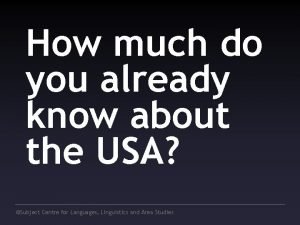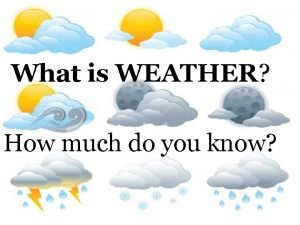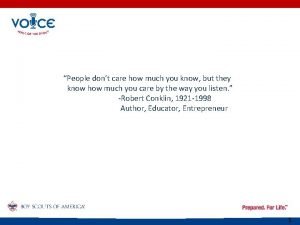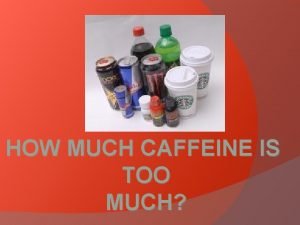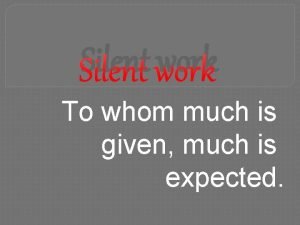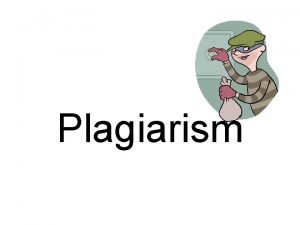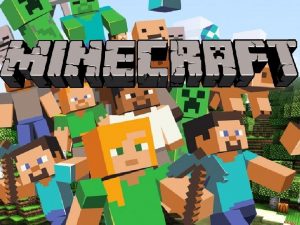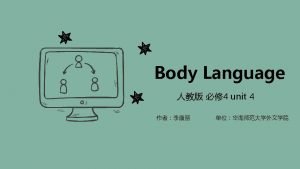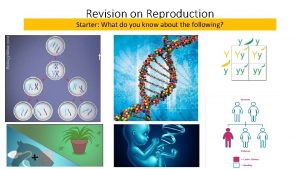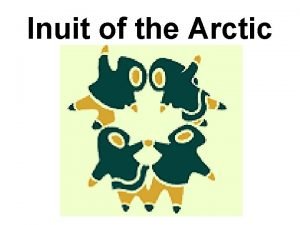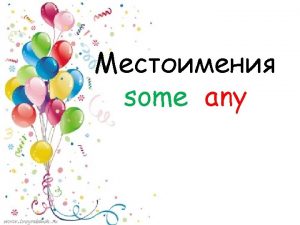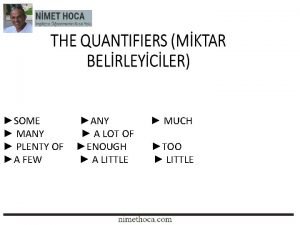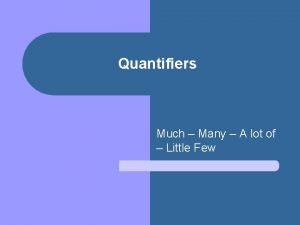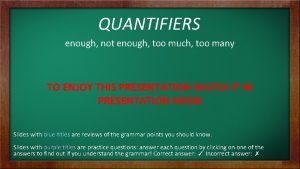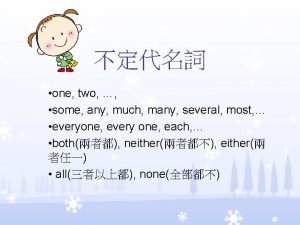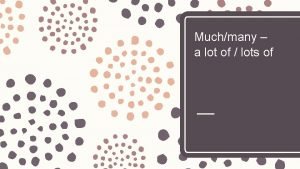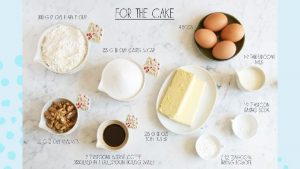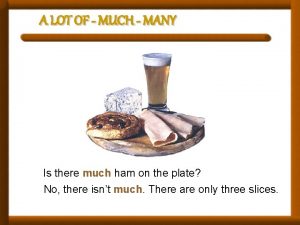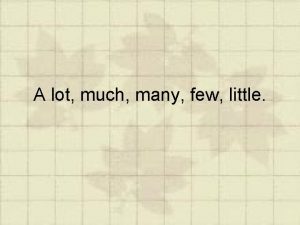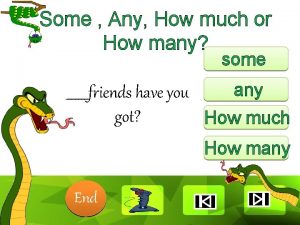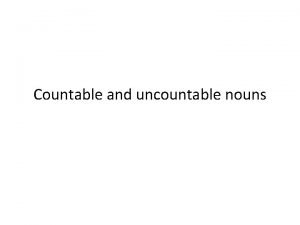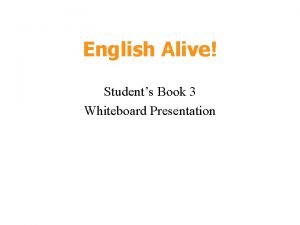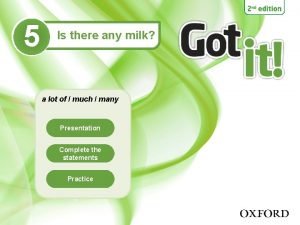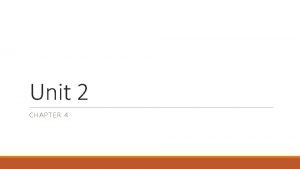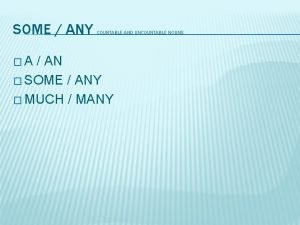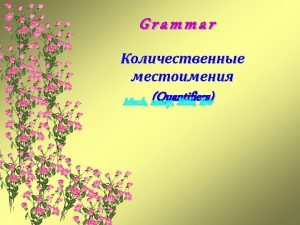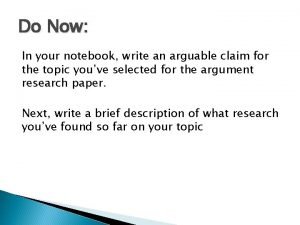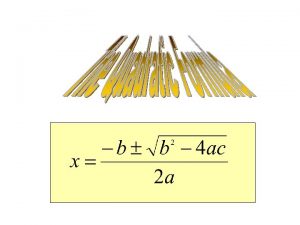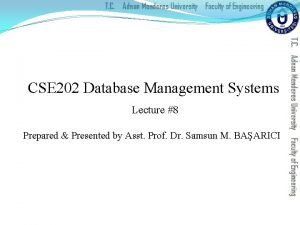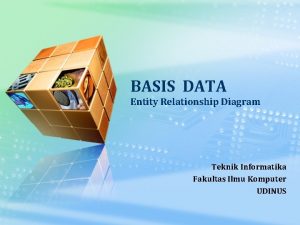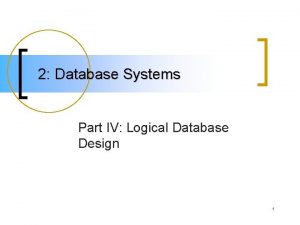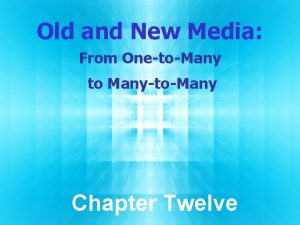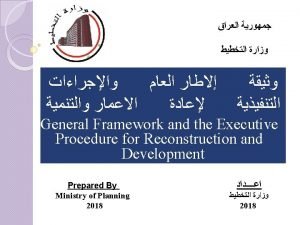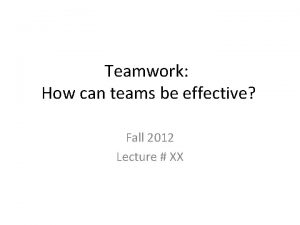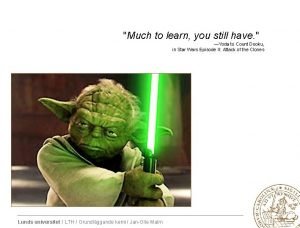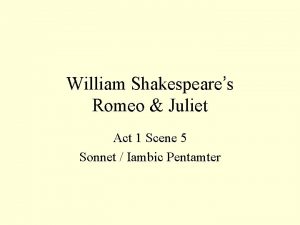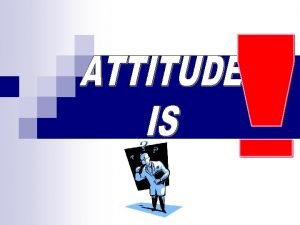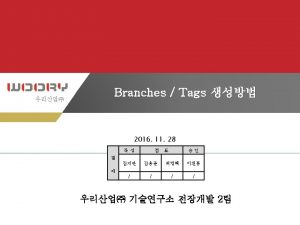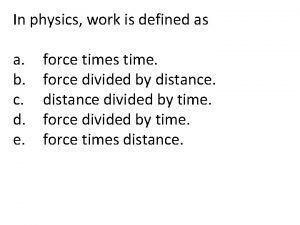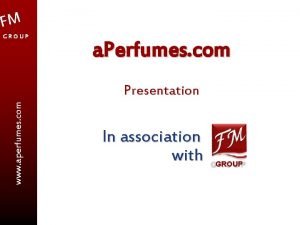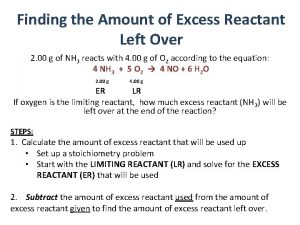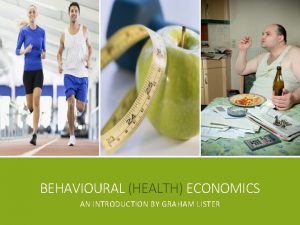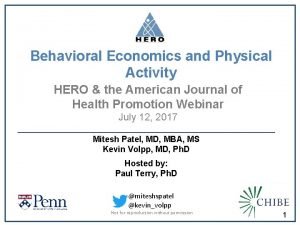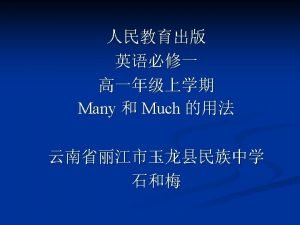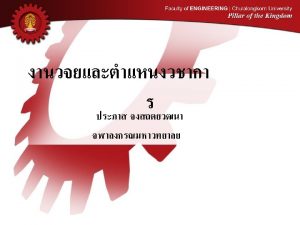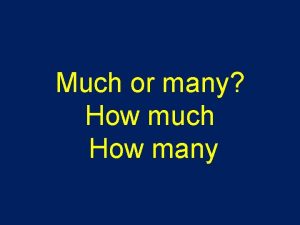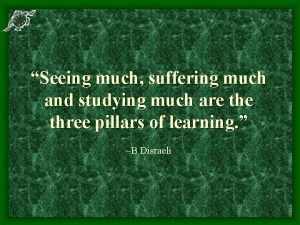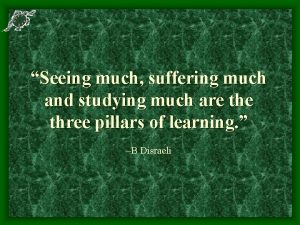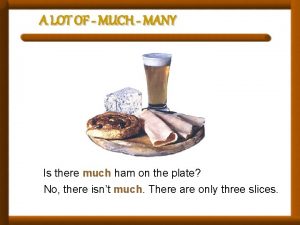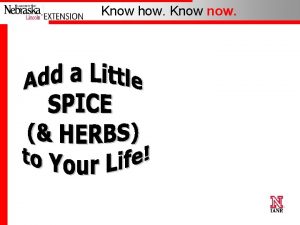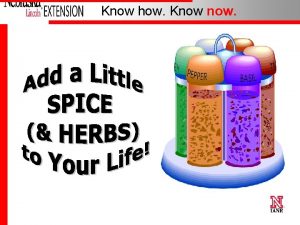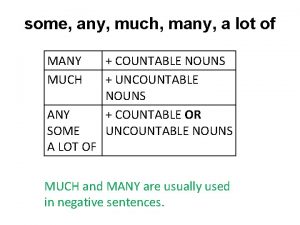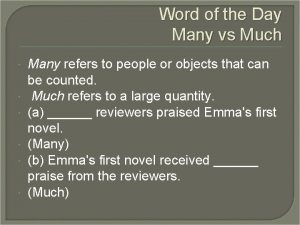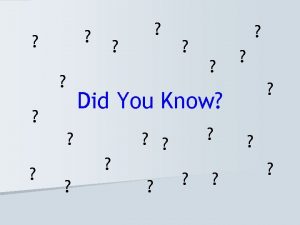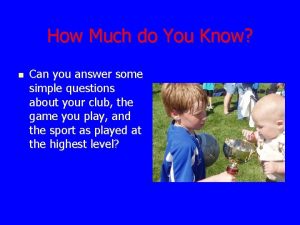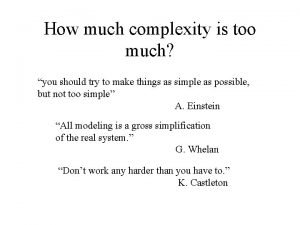How much do you know 1 How many





























































- Slides: 61

How much do you know? 1. How many blood cells are destroyed in the human body in one second? a) 150, 000 b) 15, 000 c) 150, 000 2. A man’s heartbeat is faster than a women’s. True or False? a) True b) False

How much do you know? 3. The adult's heart pumps about 15, 140 litres of blood in what amount of time? a) One day b) One hour c) One week

How much do you know? • 4. How long (on average) does it take for blood to circulate around the WHOLE body? a) 23 seconds b) 23 minutes c) 23 hours

How much do you know? clear 7. Human blood on its own is in colour. Haemoglobin, a pigment in the red blood cells, is responsible for the red colouring of the blood. 8. The average adult body contains and an infant has about 1 litre. 5 -6 litres of blood

The Circulatory System

The Circulatory System • The function of a circulatory system is to carry blood or hemolymph into close contact with every cell in the body. • The most sophisticated circulatory systems consist of: – one or more pumps called hearts – arteries (tough, thick-walled tubes) that carry blood away from the heart under high pressure; – small vessels called capillaries whose walls are just one cell thick, allows the exchange of gases and other molecules with tissues in networks called capillary beds; and – vessels called veins that return blood to the heart under low pressure

Functions of the Circulatory System • Transport oxygen to cells • Transport nutrients from the digestive system to body cells • Transport hormones to body cells • Transport waste from body cells to excretory organs • Distribute body heat

How Are Oxygen and Carbon Dioxide Transported in Blood? • Blood : connective tissue that consists of cells in a watery extracellular matrix called plasma • Remainder of the blood is made up of formed elements: platelets, red blood cells, and several types of white blood cells: • Platelets : Cell fragments that minimize blood loss from ruptured blood vessels by releasing material that assists in the formation of clots • White blood cells: which are part of the immune system fight infections

RBCs • Red blood cells (RBCs): – transport oxygen from the lungs to tissues throughout the body – critical role in transporting carbon dioxide from tissues to lungs • In humans, red blood cells make up 99. 9% of the formed elements. – contain an oxygen-carrying molecule called hemoglobin

Circulation Pulmonary Circuit Systemic Circuit

How Does the Heart Work? • In animals with closed circulatory systems, the heart contains at least two chambers. • the atrium receives blood returning from circulation • the ventricle generates force to propel the blood through the system. • Atria are separated from ventricles by atrioventricular valves. • The number of distinct heart chambers has increased as vertebrates diversified.

How Does the Heart Work? • Vertebrates evolved two separate pumping circuits: – The pulmonary circulation is a lowerpressure circuit to the lungs. – The systemic circulation is a higherpressure circuit to the rest of the body.

pulmonary vein pulmonary artery lungs head & arms aorta main vein Right Left liver digestive system kidneys legs

Our circulatory system is a double circulatory system. This means it has two parts. Lungs the right side of the left side of the system deals with deoxygenated blood. Body cells blood.

Components of the Human Circulatory System The Heart Blood Vessels Blood Lymphatic Vessels Lymph

The Heart This is a vein. It brings blood from the body, except the lungs. These arteries. They carry blood away from the heart. 2 atria Coronary arteries, the hearts own blood supply 2 ventricles The heart has four chambers now lets look inside the heart

The Path of Blood 1. The heart pumps blood to the lungs 2. The blood gets oxygen in the lungs 3. The blood returns to the heart 4. The heart pumps the oxygenated blood to the cells in the body 5. The blood delivers oxygen to the body cells 6. The deoxygenated blood travels back to the heart

The Heart Artery to Lungs Vein from Head and Body Right Atrium valve Right Ventricle Artery to Head and Body Vein from Lungs Left Atrium valve Left Ventricle

How does the Heart work? STEP ONE blood from the body blood from the lungs The heart beat begins when the heart muscles relax and blood flows into the atria.

How does the Heart work? STEP TWO The atria then contract and the valves open to allow blood into the ventricles.

How does the Heart work? STEP THREE The valves close to stop blood flowing backwards. The ventricles contract forcing the blood to leave the heart. At the same time, the atria are relaxing and once again filling with blood. The cycle then repeats itself.

Structure of the heart

You need to be able to label all parts of the heart

Blood from ? Blood from lungs ? right atrium valve Right ventricle RIGHT SIDE Left ventricle – has a thicker muscle wall than right side – why? LEFT SIDE

Body organs

Blood to the ? Blood from ? right atrium Blood to the ? Blood from lungs Left atrium valve Right ventricle RIGHT SIDE Left ventricle LEFT SIDE


Beating heart – blood flow The valves prevent the backflow of blood.


How do the valves work? How many can you see?

out Can you see the 4 valves? in Atrium and ventricle muscles force the blood through and out of the heart in

blood from the heart gets around the body through blood vessels There are 3 types of blood vessels a. ARTERY b. VEIN c. CAPILLARY

The ARTERY Arteries carry blood away from the heart. the elastic fibres allow the artery to stretch under pressure thick muscle and elastic fibres the thick muscle can contract to push the blood along.

The VEIN Veins carry blood towards the heart. veins have valves which act to stop the blood from going in the wrong direction. thin muscle and elastic fibres body muscles surround the veins so that when they contract to move the body, they also squeeze the veins and push the blood along the vessel.

The CAPILLARY Capillaries link Arteries with Veins they exchange materials between the blood and other body cells. the wall of a capillary is only one cell thick The exchange of materials between the blood and the body can only occur through capillaries.

The CAPILLARY A collection of capillaries is known as a capillary bed artery vein capillaries body cell

what’s in digested food red blood cells white blood cells oxygen waste (urea) platelets carbon dioxide plasma hormones

The Blood red blood cell platelets white blood cell plasma

Red Blood Cells a biconcave disc that is round and flat without a nucleus contain haemoglobin, a molecule specially designed to hold oxygen and carry it to cells that need it. can change shape to an amazing extent, without breaking, as it squeezes single file through the capillaries.

White Blood Cells there are many different types and all contain a big nucleus. the two main ones are the lymphocytes and the macrophages ‘eat’ and digest microorganisms. some lymphocytes fight disease by making antibodies to destroy invaders by dissolving them. other lymphocytes make antitoxins to break down poisons.

Platelets are bits of cell broken off larger cells. Platelets produce tiny fibrinogen fibres to form a net. This net traps other blood cells to form a blood clot.

Plasma It also contains useful things like; • carbon dioxide • glucose A strawcoloured liquid that carries the cells and the platelets which help blood clot. • amino acids • proteins • minerals • vitamins • hormones • waste materials like urea.

Types of Blood Vessels • Capillaries: – smallest vessels – the site where gases, nutrients, and wastes are exchanged between the blood and other tissues • The smallest veins are venules; – carry blood back to the heart after it passes through the capillaries – veins have much thinner walls and much larger interior diameters than arteries

Location of Heart

Pericardial Cavity

Layers of Cardiac Tissue

Visceral pericardium • Outer protective layer composed of a serous membrane • Includes blood capillaries, lymph capillaries, and nerve fibers. Myocardium • Relatively thick. • Consists largely of cardiac muscle tissue responsible forcing blood out of the heart chambers. • Muscle fibers are arranged in planes, separated by connective tissues that are richly supplied with blood capillaries, and nerve fibers.

• • Endocardium Consists of epithelial and connective tissue that contains many elastic and collagenous fibers. Connective tissue also contains blood vessels and some specialized cardiac muscle fibers called Purkinje fibers. Lines all of the heart chambers and covers heart valves.

The Human Heart • The human circulatory system returns oxygendepleted blood from the body to the right atrium of the heart through two large veins – the inferior and superior venae cavae. • When the right atrium contracts: – deoxygenated blood is sent to the right ventricle – it contracts and sends blood out to the lungs via the pulmonary artery • One-way valves ensure that blood follows only this path. After blood has circulated through the capillary beds in the lung’s alveoli: • it becomes oxygenated – returns to the heart through the pulmonary veins

The Human Heart • The oxygenated blood enters the left atrium: – it contracts and pushes the blood into the left ventricle • The contraction of the left ventricle sends oxygenated blood at high pressure out the aorta and into: – the arteries – capillaries – veins • forms the systemic circulation

Heart Anatomy

Heart Anatomy

VALVES

pulmonary semilunar valve aortic semilunar valve bicuspid valve tricuspid valve Heart valves

The Cardiac Cycle • The contraction phase of the atria and the ventricles: – called systole • is coordinated with their relaxation phase – called diastole • A cardiac cycle: – consists of one complete systole and one complete diastole

• systolic blood pressure : – blood pressure measured in the systemic arterial circulation at the peak of ventricular ejection into the aorta • diastolic blood pressure: – blood pressure measured just prior to ventricular ejection

Contraction cycle of the heart

Contraction Cycle of the Heart

Contraction Cycle of the Heart

Circulatory System -Gross and Cool Facts! • The body of an adult contains over 60, 000 miles of blood vessels! • An adult's heart pumps nearly 4000 gallons of blood each day! • Your heart beats some 30 million times a year! • The average three-year-old has two pints of blood in their body; the average adult at least five times more! • A "heartbeat" is really the sound of the valves in the heart closing as they push blood through its chambers.

References Ø AP Biology Textbook Ø Addison and Wesley Biology 11 Ø Vijay Aswathy and S Morris Ø www. worldofteaching. com
 How much do you already know about
How much do you already know about What types of clouds are there
What types of clouds are there People don t care how much you know
People don t care how much you know How much caffeine in a snickers bar
How much caffeine in a snickers bar To whom much is given much is required meaning
To whom much is given much is required meaning How much is too much plagiarism
How much is too much plagiarism Know history know self
Know history know self Do deep generative models know what they don’t know?
Do deep generative models know what they don’t know? Nothing formed against me shall stand song
Nothing formed against me shall stand song Fact about minecraft
Fact about minecraft Hapi nod
Hapi nod Personification in the raven
Personification in the raven When you're blue and you don't know
When you're blue and you don't know How do you know if you're asexual
How do you know if you're asexual Do you know who you are
Do you know who you are I will always follow you whenever and wherever you go i am
I will always follow you whenever and wherever you go i am Rascal flatts my wish for you
Rascal flatts my wish for you Use of some
Use of some Cheese much or many
Cheese much or many Lots of sayılabilir mi
Lots of sayılabilir mi Little space meaning
Little space meaning Some vs a few
Some vs a few Kahoot quantifiers
Kahoot quantifiers Some of the many
Some of the many How much vs how many
How much vs how many Much many countable uncountable
Much many countable uncountable Cheese much or many
Cheese much or many There isn't much cheese
There isn't much cheese A lot of vs much many
A lot of vs much many Uncountable nouns esempi
Uncountable nouns esempi Some any much many
Some any much many Countable noun sentence example
Countable noun sentence example A an some
A an some There is lots of milk
There is lots of milk In your notebook write what these
In your notebook write what these Some nerede kullanılır
Some nerede kullanılır A little a few a lot of much many
A little a few a lot of much many In your notebook write words or phrases that describe
In your notebook write words or phrases that describe How to know how many solutions a quadratic equation has
How to know how many solutions a quadratic equation has Many sellers and many buyers
Many sellers and many buyers Er diagram in dbms
Er diagram in dbms Bookstore database design
Bookstore database design Unary many to many
Unary many to many Unary many to many
Unary many to many Contoh erd many to many
Contoh erd many to many Unary many to many
Unary many to many Many-to-many communication
Many-to-many communication Sqlbi many to many
Sqlbi many to many Unary relationship database
Unary relationship database Many sellers and many buyers
Many sellers and many buyers Thank you for attention
Thank you for attention How much you have
How much you have Halvcellsmetoden
Halvcellsmetoden Summary of romeo and juliet act 1 scene 5
Summary of romeo and juliet act 1 scene 5 Iceberg attitude
Iceberg attitude Thank you for your attention if you have any questions
Thank you for your attention if you have any questions In physics work is defined as
In physics work is defined as I wish you strenght
I wish you strenght Fm perfume how much do you earn
Fm perfume how much do you earn Excess left over
Excess left over How much do you better health
How much do you better health Much do you need health
Much do you need health
